Back to Courses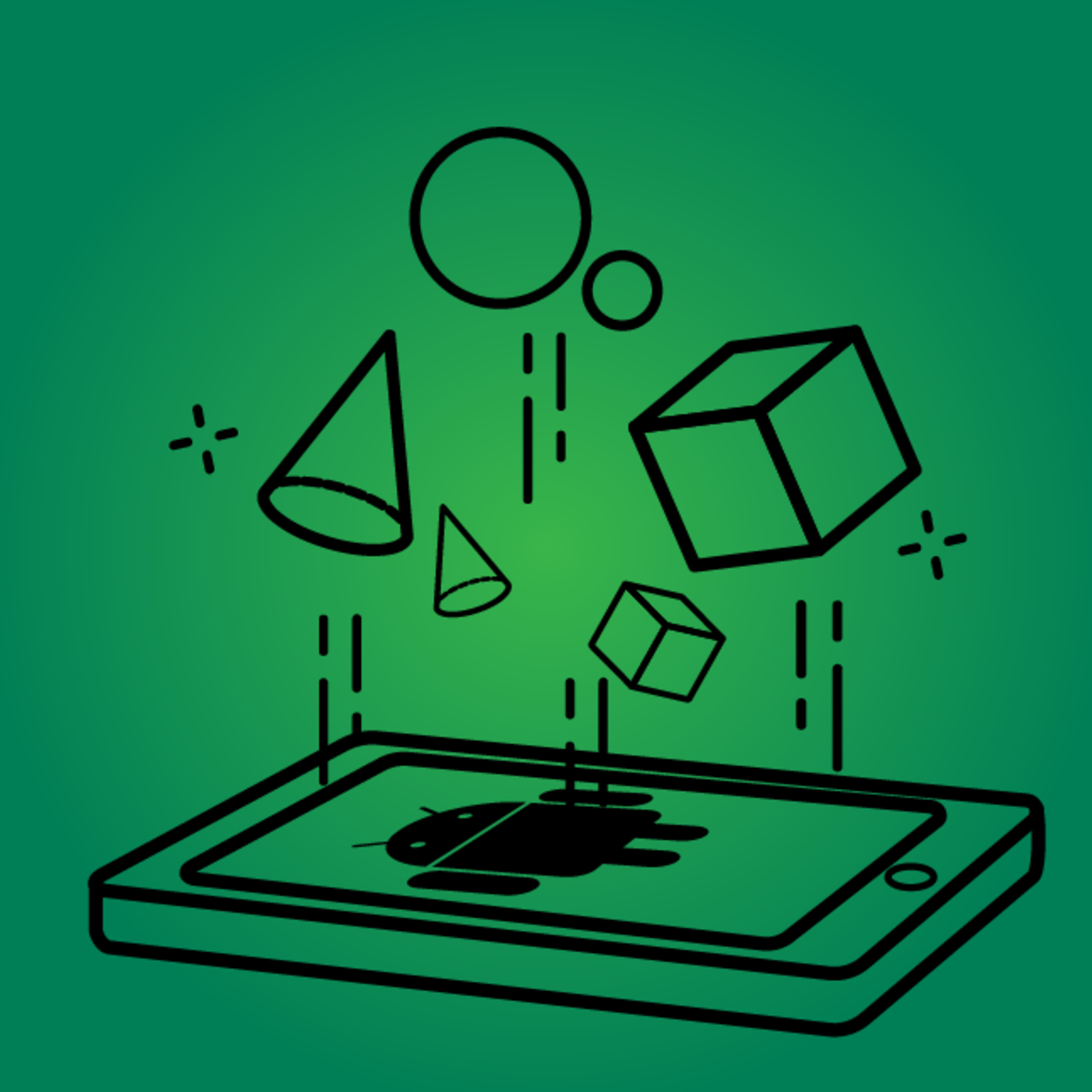
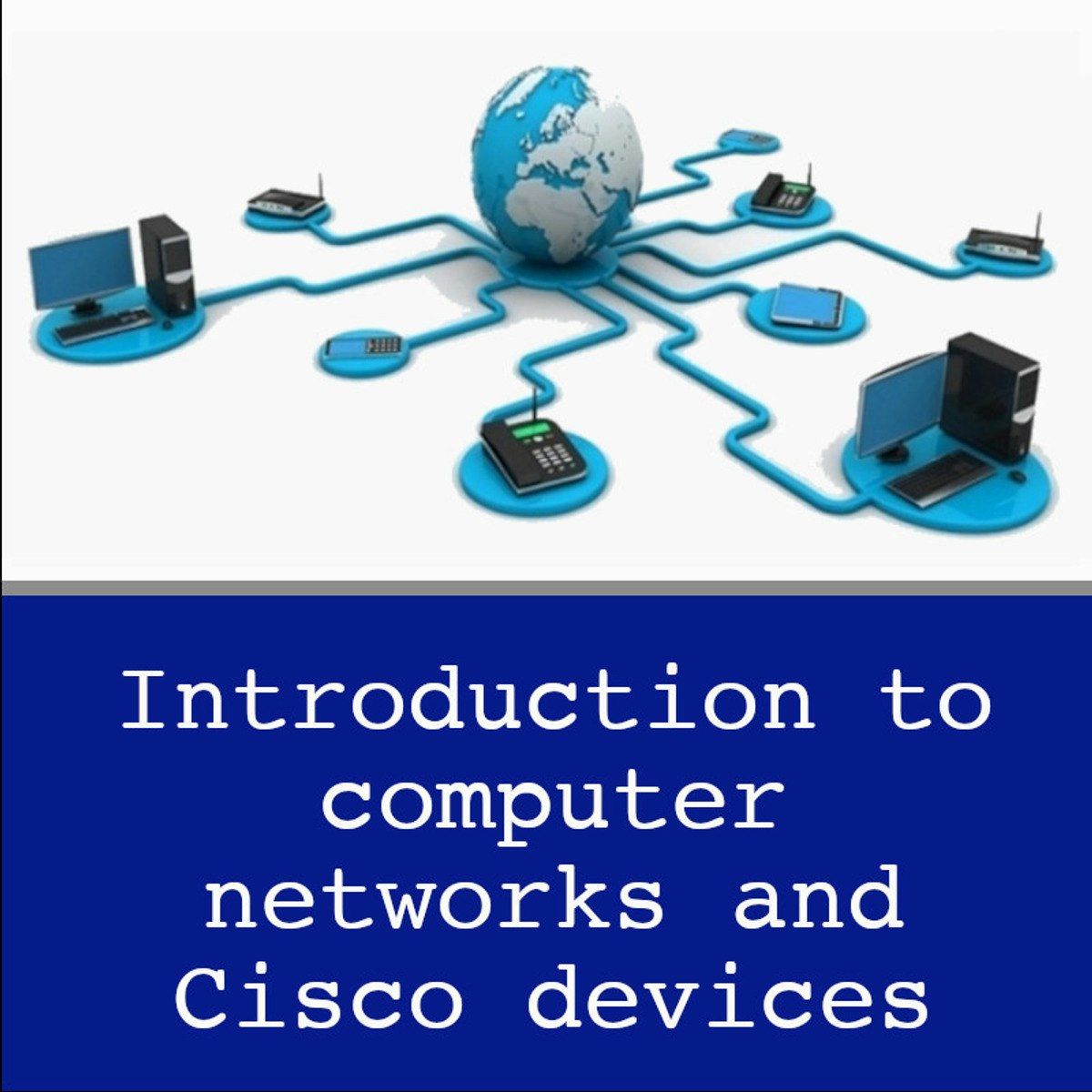


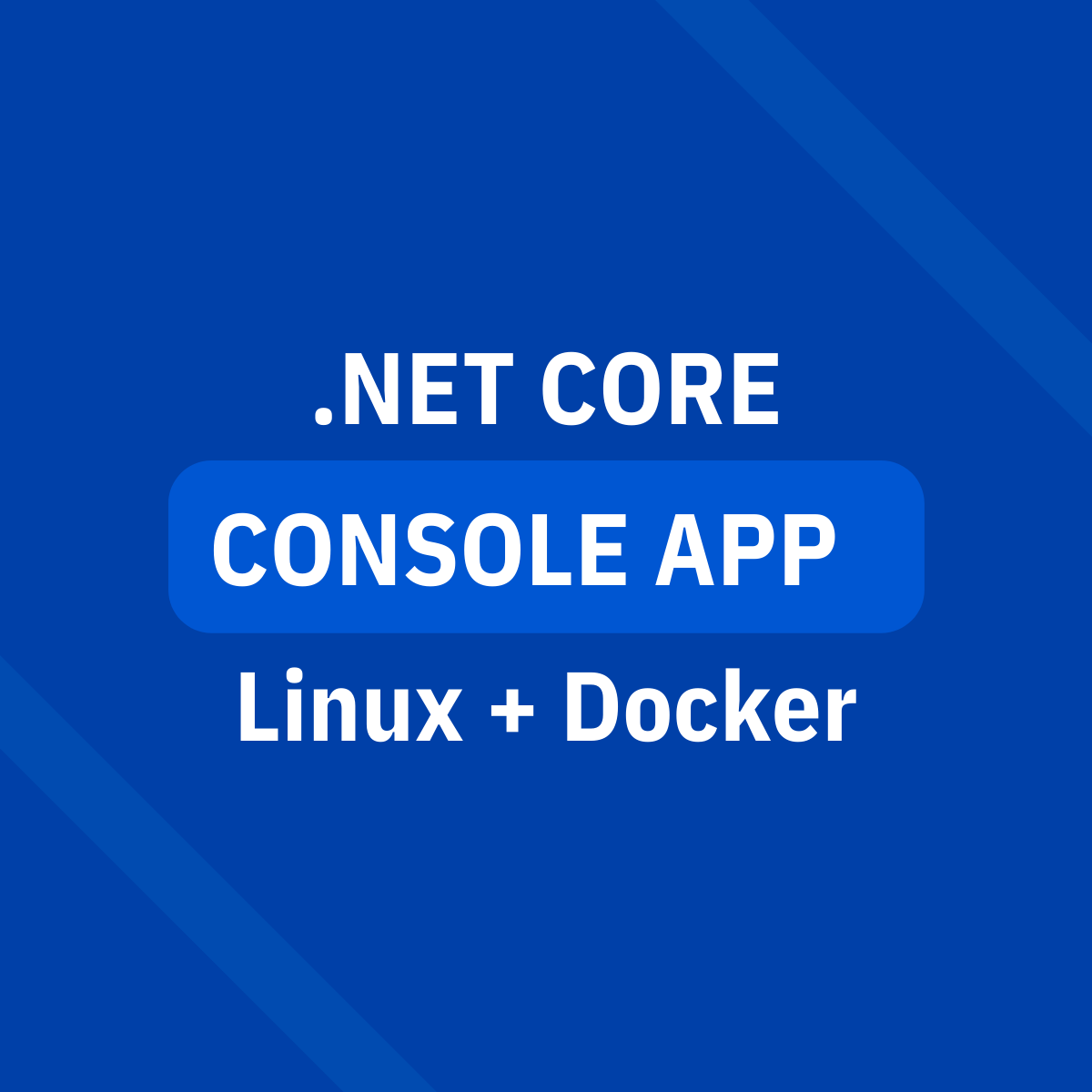
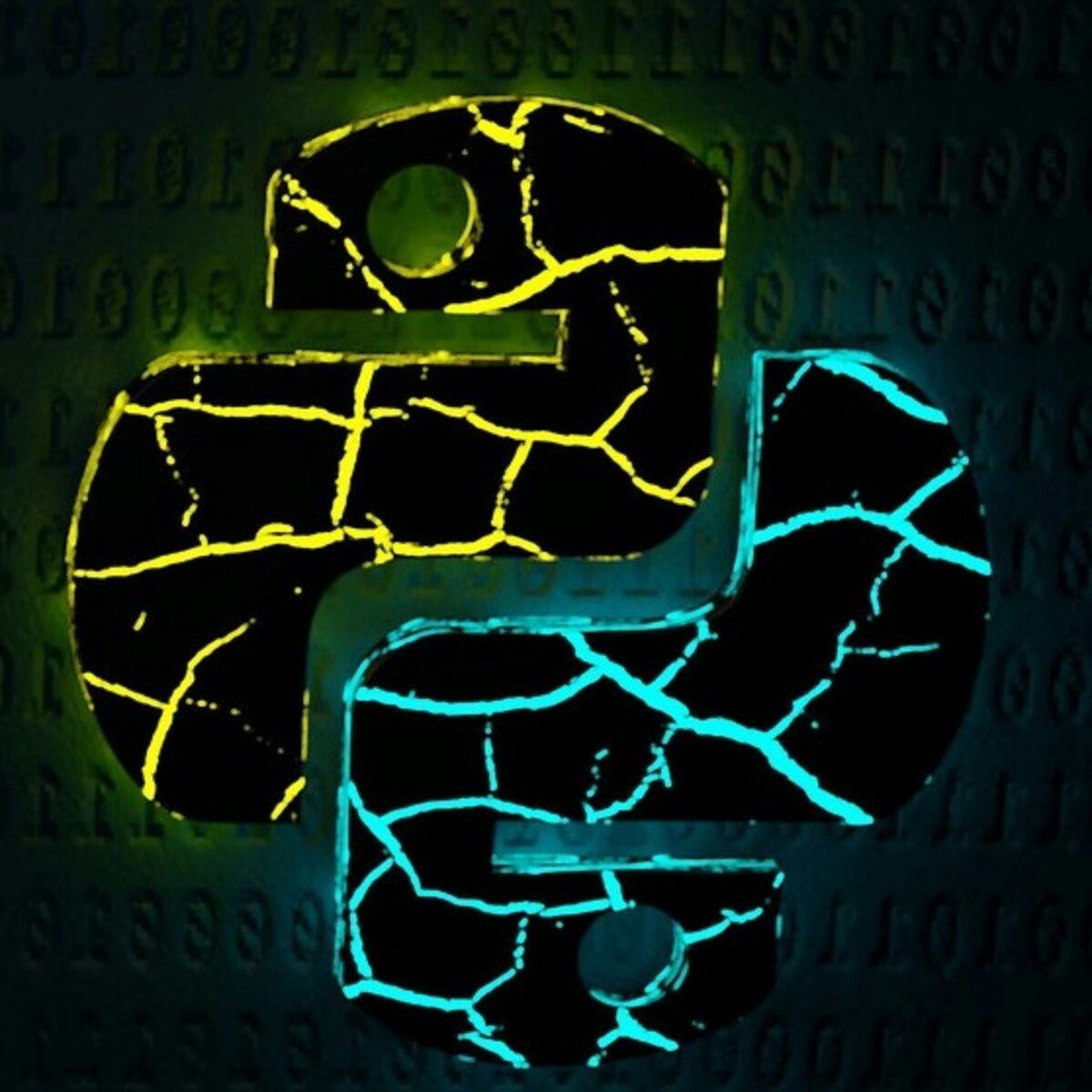

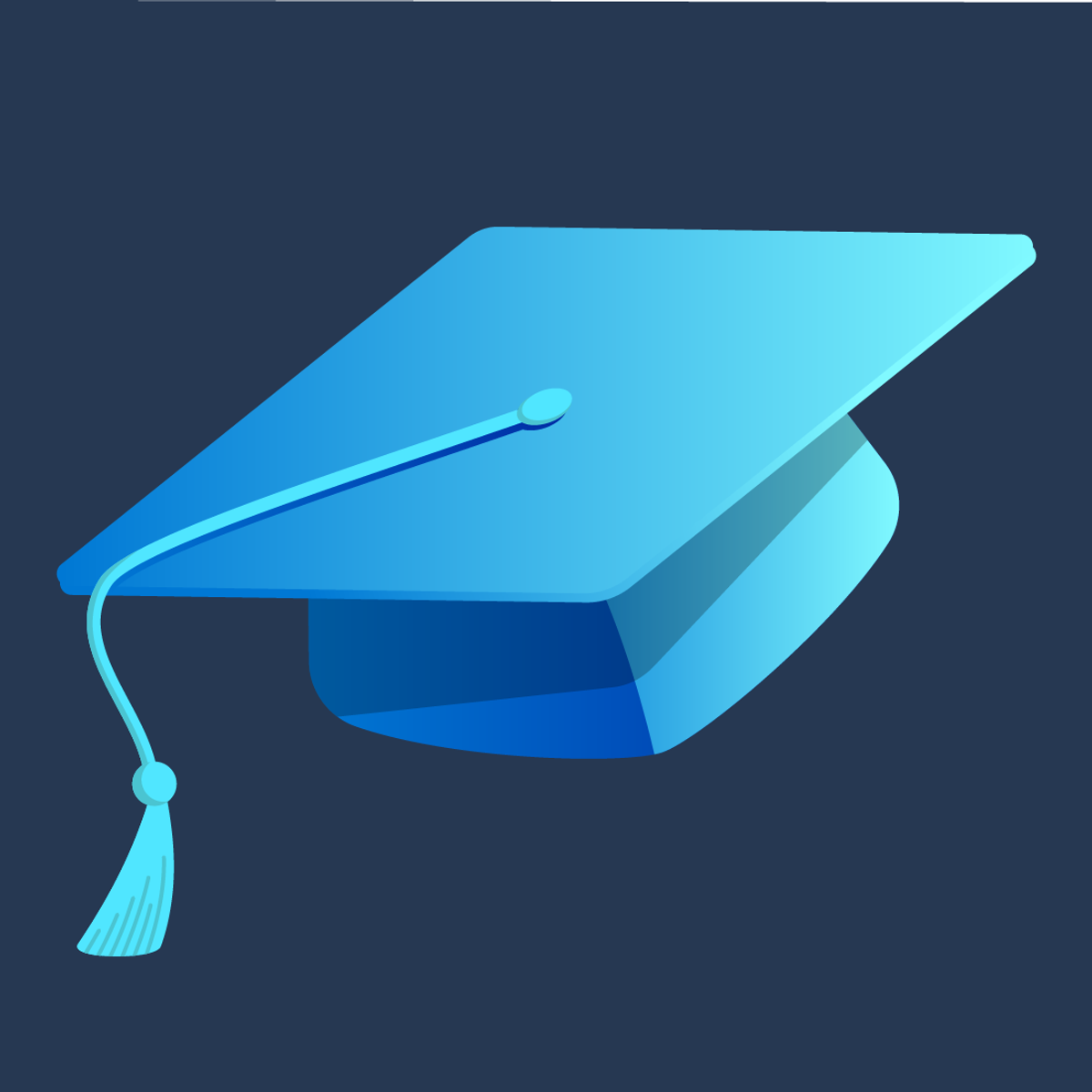


Computer Science Courses - Page 108
Showing results 1071-1080 of 2309
Android Graphics with OpenGL ES
This course will cover the fundamentals of OpenGL and OpenGL ES in Android. This course is unique because it covers the mechanics of how OpenGL works and also more practical applications to draw 2D and 3D objects. This is an ideal primer for more complex courses on VR and AR within Android.
We'll begin by covering the OpenGL Pipeline and Shading Language. Then we'll look at drawing simple 2D objects and increasingly complicated 3D objects in OpenGL and OpenGL ES.
There are practical exercises throughout the course to apply your understanding, and there is a summative project which can form part of your professional portfolio.

Introduction to Networks and Cisco Devices
In this 2-hours guided project, you will identify different components such as end devices, intermediary devices, and connection media and simulate network topologies in the Packet Tracer, manage Cisco network devices using telnet, SSH, and Console connections, and secure access to Cisco devices using passwords and password encryption services.
By the end of this project, you will be able to use the Packet Tracer to create network topologies that are like the one you’re seeing on the screen, connect to network devices using telnet, SSH, and Console, and manage basic security settings on Cisco devices.
This project is one of a kind because it teaches foundational computer network skills to learners from a variety of experience levels using entirely simulated experience. In this project, learners will acquire what they need in simulation environments as if they were working on real devices.

Approximation Algorithms Part I
Approximation algorithms, Part I
How efficiently can you pack objects into a minimum number of boxes? How well can you cluster nodes so as to cheaply separate a network into components around a few centers? These are examples of NP-hard combinatorial optimization problems. It is most likely impossible to solve such problems efficiently, so our aim is to give an approximate solution that can be computed in polynomial time and that at the same time has provable guarantees on its cost relative to the optimum.
This course assumes knowledge of a standard undergraduate Algorithms course, and particularly emphasizes algorithms that can be designed using linear programming, a favorite and amazingly successful technique in this area. By taking this course, you will be exposed to a range of problems at the foundations of theoretical computer science, and to powerful design and analysis techniques. Upon completion, you will be able to recognize, when faced with a new combinatorial optimization problem, whether it is close to one of a few known basic problems, and will be able to design linear programming relaxations and use randomized rounding to attempt to solve your own problem. The course content and in particular the homework is of a theoretical nature without any programming assignments.
This is the first of a two-part course on Approximation Algorithms.

Object-Pooling with C# in Unity
In this one-hour, project-based course, you'll learn about the concept of object-pooling and its benefits in game-design. You'll learn how to write a simple class that will instantiate and store GameObjects for repeated reuse. You'll write methods that will allow the activation, return and recycling of the objects, to greatly improve memory and CPU efficiency of your games.
The guided project will introduce you to the following coding concepts:
- Instantiating, activating, repositioning and deactivating GameObjects
- Pooling GameObjects in Queues
- Spawning GameObjects from Pools

Create and run a .NET Core console app in Linux using docker
This Guided Project "Create and run a .NET Core console app in Linux using docker" is an intermediate level project that is suitable for anyone interested in application development.
In this 1-hour long project-based course, you will recognize the advantages of creating console applications, analyze the structure of a console application, identify the differences between CLI and GUI, create a .NET Core console application in Ubuntu (most popular and widely-used Linux distribution), create and configure a Dockerfile for .NET, generate a docker image and run the application locally inside a docker container.
To achieve this, we will start by recognizing the meaning and structure of console applications and the advantages of creating one, followed by developing a .NET Core console application using the CLI, generating a docker image for the application and running it inside a docker container.
This project is unique because it will prepare you to create applications that require little to no front-end designing skills but focuses strictly on functionality by utilizing the CLI and sharing lightweight prototypes with others that run on various operating systems such as Windows, Linux and MacOS.
In order to be successful in this project, you should be familiar with object-oriented programming concepts. Having experience of working in a Linux environment along with a basic knowledge of C# will be a plus.
Let's get started!

Image Processing with Python
Image processing has been used to create weird and beautiful modifications to pictures many of us have seen online. Older black and white photos can be brought to life using colorization techniques. On the other hand, color photos can be made to look like old black and white photos. In addition to distorting images for entertainment, image processing can be used for more serious applications, for example, to enhance medical imaging to screen patients for cancer or other diseases.
In this tutorial, you will create a Python application that reads from a list of images, modifies their size and appearance, and saves the images in another directory.
Note: This tutorial works best for learners who are based in the North America region. We’re currently working on providing the same experience in other regions.

Test your Angular web application using Jasmine and Karma
In this 1-hour long project-based course, you will learn how to generate a new Angular project, create components and write unit tests in the spec file. You will learn how to bootstrap your tests, and will test the presence of text and the action of clicking a button. You will test the presence of HTML attributes, and the passage of data from a parent component to a child component.
Note: This course works best for learners who are based in the North America region. We’re currently working on providing the same experience in other regions.

Prepare for AZ-204: Developing Solutions for Microsoft Azure
Microsoft certifications give you a professional advantage by providing globally recognized and industry-endorsed evidence of mastering skills in digital and cloud businesses. In this course, you will prepare to take the Exam AZ-204: Developing Solutions for Microsoft Azure.
In this course, you will refresh your knowledge of hall phases of cloud development from requirements, definition, and design; to development, deployment, and maintenance; to performance tuning and monitoring. You will test your knowledge in a practice exam mapped to all the main topics covered in the AZ-204 exam, ensuring you’re well prepared for certification success. Y
You will also get a more detailed overview of the Microsoft certification program and where you can go next in your career. You’ll also get tips and tricks, testing strategies, useful resources, and information on how to sign up for the AZ-204 proctored exam. By the end of this course, you will be ready to sign-up for and take the certification exam.
This is the last course in a program of eight courses to help prepare you to take the exam so that you can have expertise in designing and implementing data solutions that use Microsoft Azure data services. The Developing Solutions for Microsoft Azure exam is an opportunity to prove knowledge expertise in designing, building, testing, and maintaining cloud applications and services on Microsoft Azure. Each course teaches you the concepts and skills that are measured by the exam.

Identifying and Resolving Application Latency for Site Reliability Engineers
This is a self-paced lab that takes place in the Google Cloud console. In this lab, you will learn how to use the Cloud Operations Tracing and Profiler tools to diagnose and correct application latencies.
Site Reliability Engineers (SRE) have a broad set of responsibilities, of which, managing incidents is a critical part of their role. In this lab, you will learn how to take advantage of the integrated capabilities of Google Cloud's operations suite to observe latency of applications deployed and set Service Level Indicators and Objectives to resolve such latencies.

Learn PHP Database Connectivity
In this 1.5-hours long project-based course, you will (Learn PHP database connectivity , Build Web pages with
back-end database).
You will learn PHP database connectivity functions , how to connect into a back-end database, how to insert data into a database and modify them with PHP scripts.
You will learn to work with XAMPP server and MySQL as a back-end database and by the end of this project you will be able to create professional web apps with back-end database.
Note: This course works best for learners who are based in the North America region. We’re currently working on providing the same experience in other regions.
